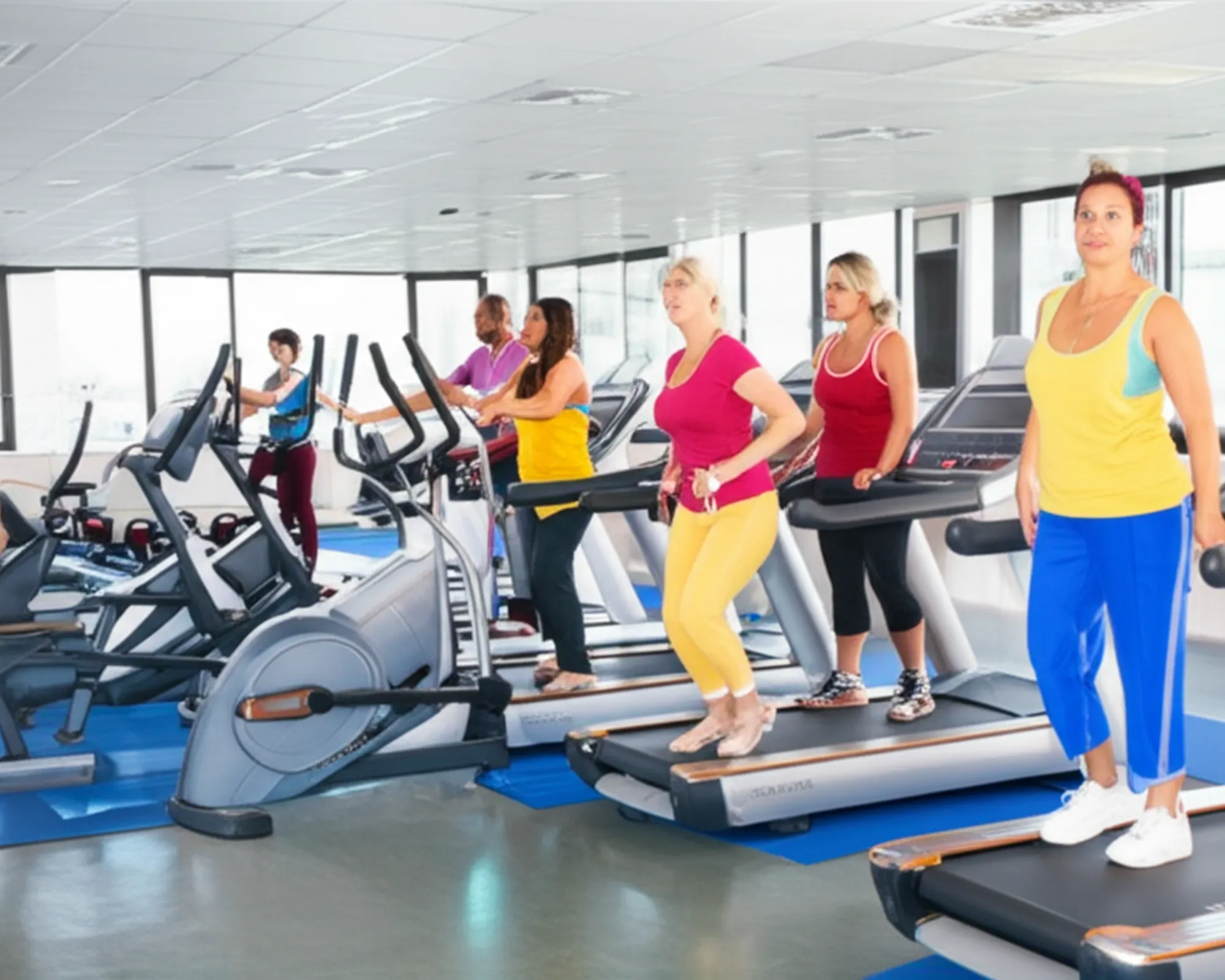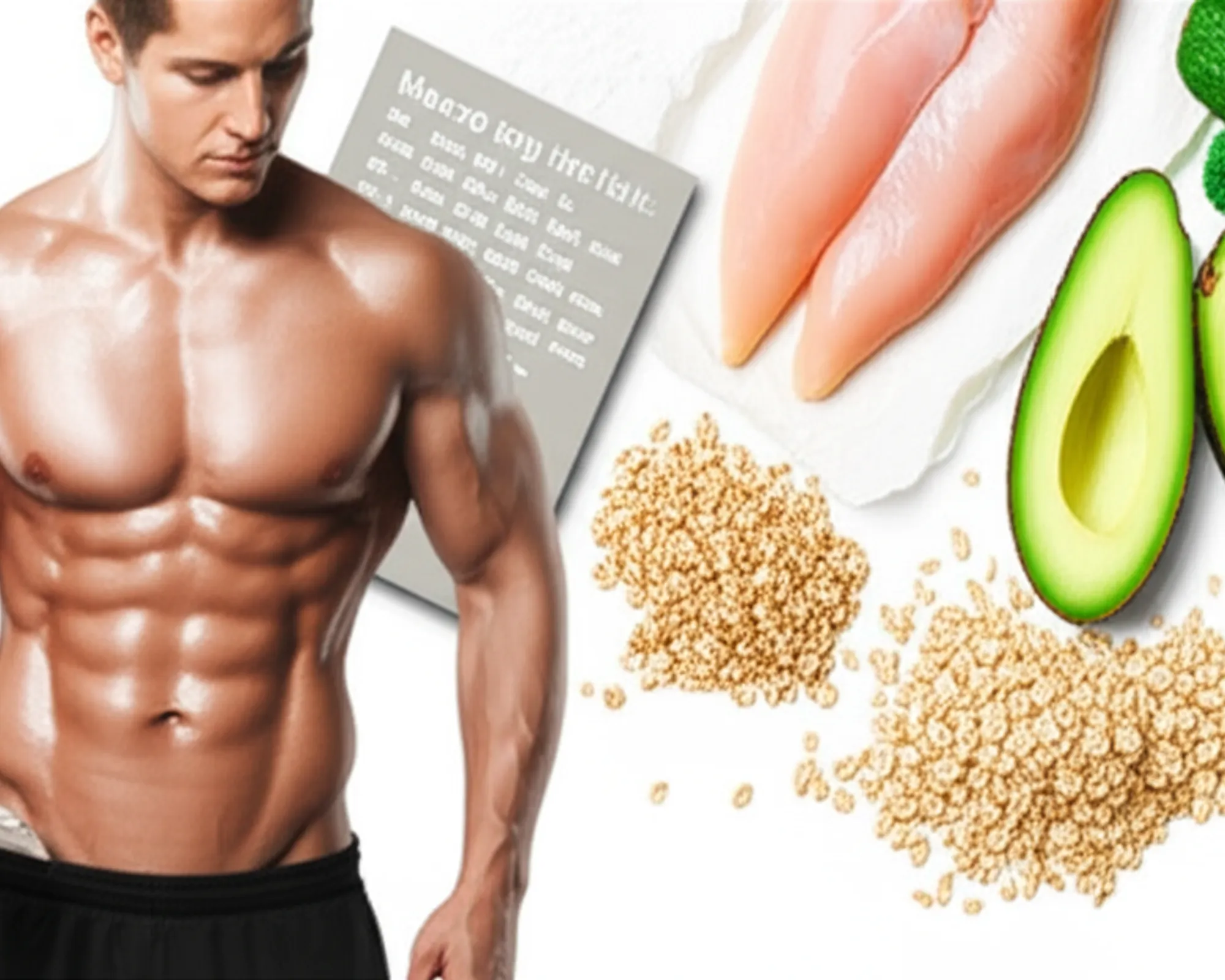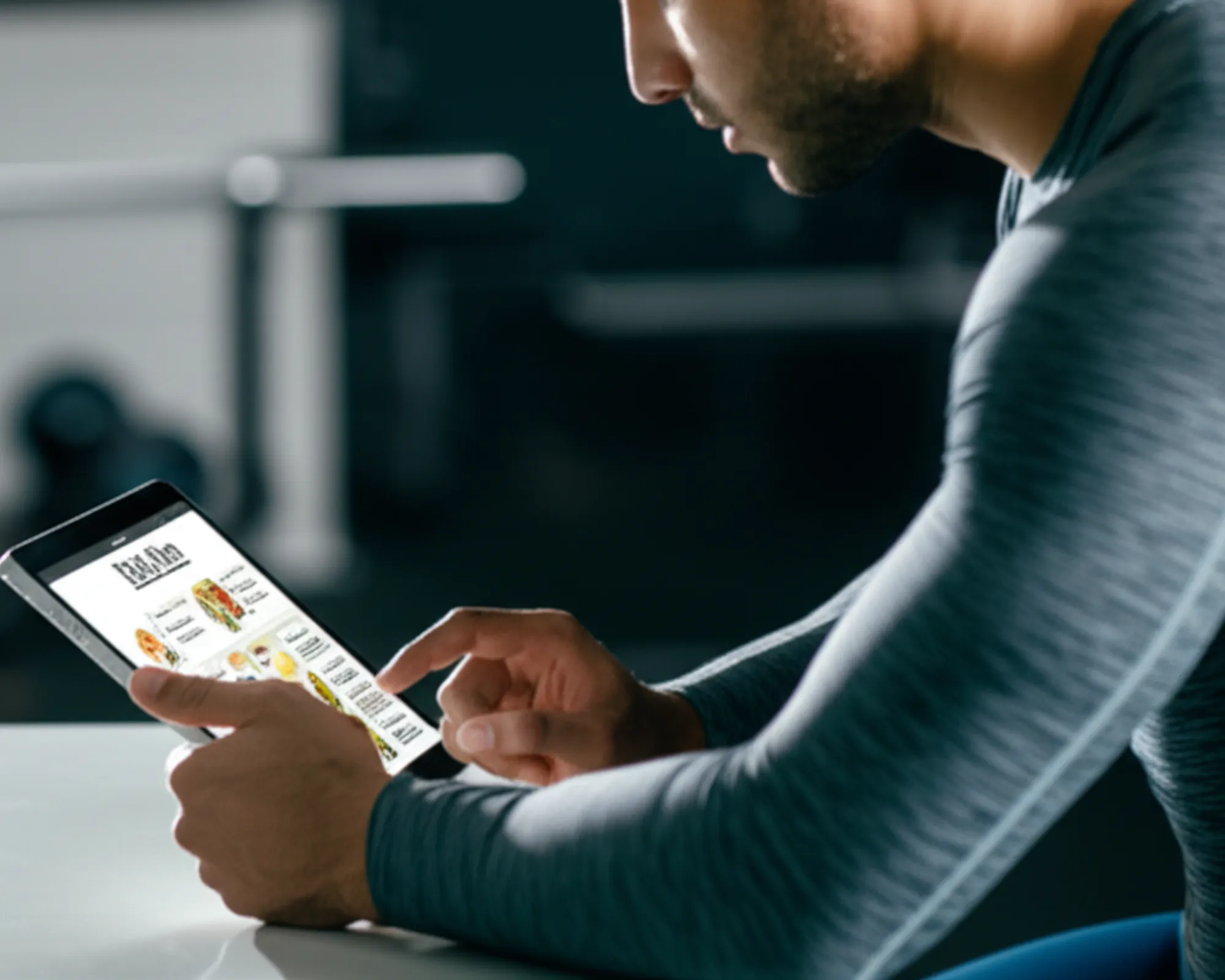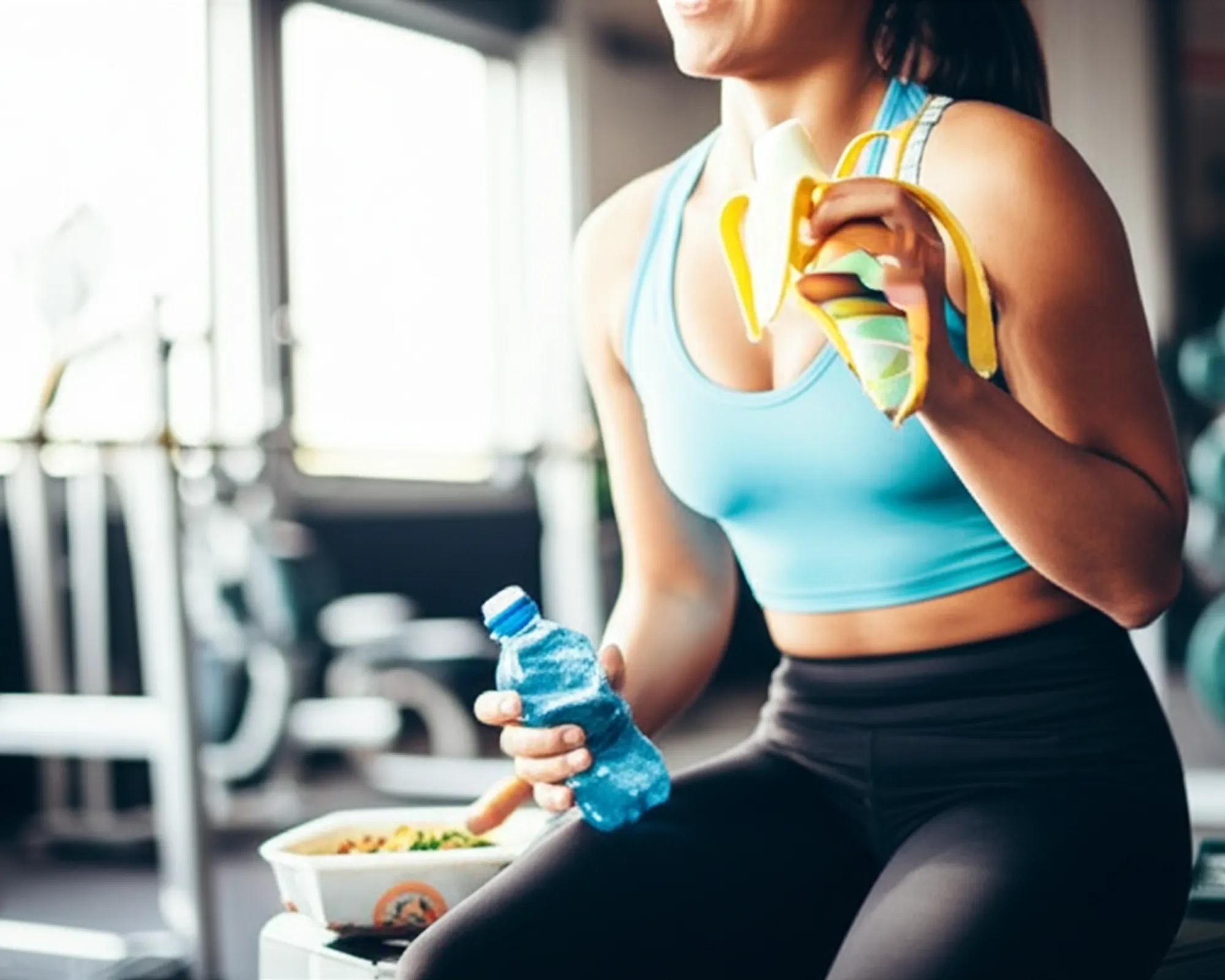Top Gym Equipment You Should Use as a Beginner

Stepping into a gym for the first time can feel like walking into a labyrinth of shiny, intimidating machinery. With so many options, it's easy for beginners to feel overwhelmed and unsure where to start. But fear not! The key to a successful fitness journey begins with understanding which equipment will best serve your goals, ensure your safety, and build a solid foundation. You don't need to conquer every machine on day one. Instead, focus on a few fundamental pieces that offer maximum benefit with minimal complexity. This guide will help you navigate the gym floor, highlighting the top equipment you should use as a beginner to kickstart your fitness journey confidently and effectively. Remember, consistency and proper form always trump heavy weights and complicated routines, especially when you're just starting.
Cardio Corner: Get Your Heart Pumping Safely
Cardiovascular exercise is crucial for improving heart health, boosting endurance, and burning calories. For beginners, the gym offers several user-friendly options that make getting your cardio in both effective and enjoyable.
- Treadmill: A classic for a reason, the treadmill allows you to walk, jog, or run at your own pace. It’s excellent for building stamina and offers various programs, including incline settings to mimic hills, adding intensity without increasing speed. Start with brisk walking, then gradually incorporate short bursts of jogging as your fitness improves.
- Elliptical Trainer: If you're looking for a low-impact full-body workout, the elliptical is your go-to. It simulates walking or running without the harsh impact on your joints, making it ideal for those prone to knee or ankle issues. The moving handles also engage your upper body, providing a comprehensive cardio session.
- Stationary Bike: Whether upright or recumbent (with a backrest), stationary bikes are fantastic for lower-body cardio and are exceptionally gentle on the joints. They allow you to control resistance levels, making it easy to tailor the intensity to your current fitness level. Recumbent bikes offer more back support, which can be comfortable for longer sessions.
- Rowing Machine: Often overlooked by beginners, the rowing machine provides an incredible full-body workout that combines strength and cardiovascular conditioning. It engages major muscle groups in your legs, core, and upper body. While it has a slightly steeper learning curve for proper form, it’s highly efficient and effective once mastered. Start with short intervals and focus on the push-pull rhythm.
Strength Training Essentials: Building a Strong Foundation
Strength training is vital for building muscle, increasing metabolism, strengthening bones, and improving overall functional fitness. As a beginner, focus on equipment that allows for controlled movements and helps you learn proper form.
- Dumbbells: These versatile free weights are indispensable. Starting with light dumbbells (2-10 lbs) allows you to perform a wide array of exercises like squats, lunges, bicep curls, overhead presses, and bent-over rows. They help develop coordination and stabilize muscles, making them excellent for building foundational strength.
- Resistance Bands: Don't underestimate the power of resistance bands! These portable, inexpensive tools are perfect for warming up, activating muscles, and adding resistance to bodyweight exercises. They come in various strengths and are excellent for glute activation, shoulder mobility, and even assisting with pull-ups.
- Kettlebells: While often associated with more advanced training, light kettlebells (8-12 kg for women, 12-16 kg for men) can be incredibly beneficial for beginners. They introduce dynamic, full-body movements like goblet squats and kettlebell swings, which help build explosive power, core strength, and cardiovascular endurance. Always prioritize learning proper form from a qualified instructor.
- Selectorized Machines: These are a beginner's best friend for strength training. Machines like the leg press, chest press, lat pulldown, and shoulder press offer guided movements, making it easier to isolate specific muscle groups and learn the correct motion without worrying about balancing weights. They typically have pins to easily adjust the weight, making progression simple and safe. Always ensure the machine is properly adjusted to your body size before starting.
- Cable Machines: Highly versatile, cable machines allow for a wide range of movements, mimicking free weights but offering constant tension throughout the exercise. They are great for exercises like cable rows, tricep pushdowns, and chest flyes, providing controlled resistance that’s gentler on joints than some free-weight exercises.
- Barbells (with supervision): While dumbbells are generally recommended for true beginners, barbells are essential for compound lifts like squats, deadlifts, and bench presses as you progress. However, for a beginner, it's crucial to learn proper form with just the bar or very light weights under the guidance of a trainer to prevent injury. The Smith Machine can offer a more controlled, fixed path for some barbell exercises, providing a stepping stone before moving to free barbells.
Functional & Flexibility Tools: Enhancing Your Movement
Beyond strength and cardio, tools that support flexibility and functional movement are key to a well-rounded fitness routine.
- Yoga/Exercise Mat: Essential for floor exercises, stretching, and core work. A mat provides cushioning for planks, push-ups, crunches, and various stretches, making your workout more comfortable and effective.
- Foam Roller: A fantastic tool for recovery and improving flexibility. Using a foam roller helps release muscle tightness, increase blood flow, and reduce soreness post-workout. Incorporate it into your cool-down routine.
Essential Accessories: Don't Forget the Basics
While not "equipment" in the traditional sense, these items are crucial for a comfortable and effective gym experience.
- Water Bottle: Stay hydrated! Keeping a reusable water bottle handy is vital for maintaining energy and preventing dehydration during your workout.
- Towel: A small towel is essential for wiping down equipment after use (gym etiquette!) and for personal comfort.
- Comfortable Athletic Shoes: Proper footwear provides support, stability, and cushioning, which are critical for injury prevention during various exercises.
- Workout Gloves (Optional): If you find your hands getting calloused or prefer a better grip on weights and bars, workout gloves can be a good addition.
Beginner Tips for Success:
- Start Slow and Steady: Don't try to do too much too soon. Begin with lighter weights and fewer repetitions, gradually increasing intensity as you get stronger.
- Prioritize Form Over Weight: Incorrect form can lead to injury. If you're unsure, watch instructional videos, ask gym staff, or consider hiring a personal trainer for a few sessions.
- Listen to Your Body: Rest days are as important as workout days. If you feel pain, stop. Pushing through pain can lead to serious injury.
- Stay Consistent: Regularity is key to seeing results. Aim for 3-4 workouts a week, and try to stick to your schedule.
- Seek Professional Guidance: A certified personal trainer can create a personalized plan, teach you proper form, and guide you through your initial gym experience, making it much less daunting.
Conclusion:
Embarking on a fitness journey is an exciting step towards a healthier, stronger you. By familiarizing yourself with these beginner-friendly gym equipment options, you can approach your workouts with confidence and purpose. Remember, every fitness expert was once a beginner. Focus on consistency, proper technique, and enjoying the process. Your gym journey is just beginning – embrace it, stay motivated, and celebrate every small victory along the way!


